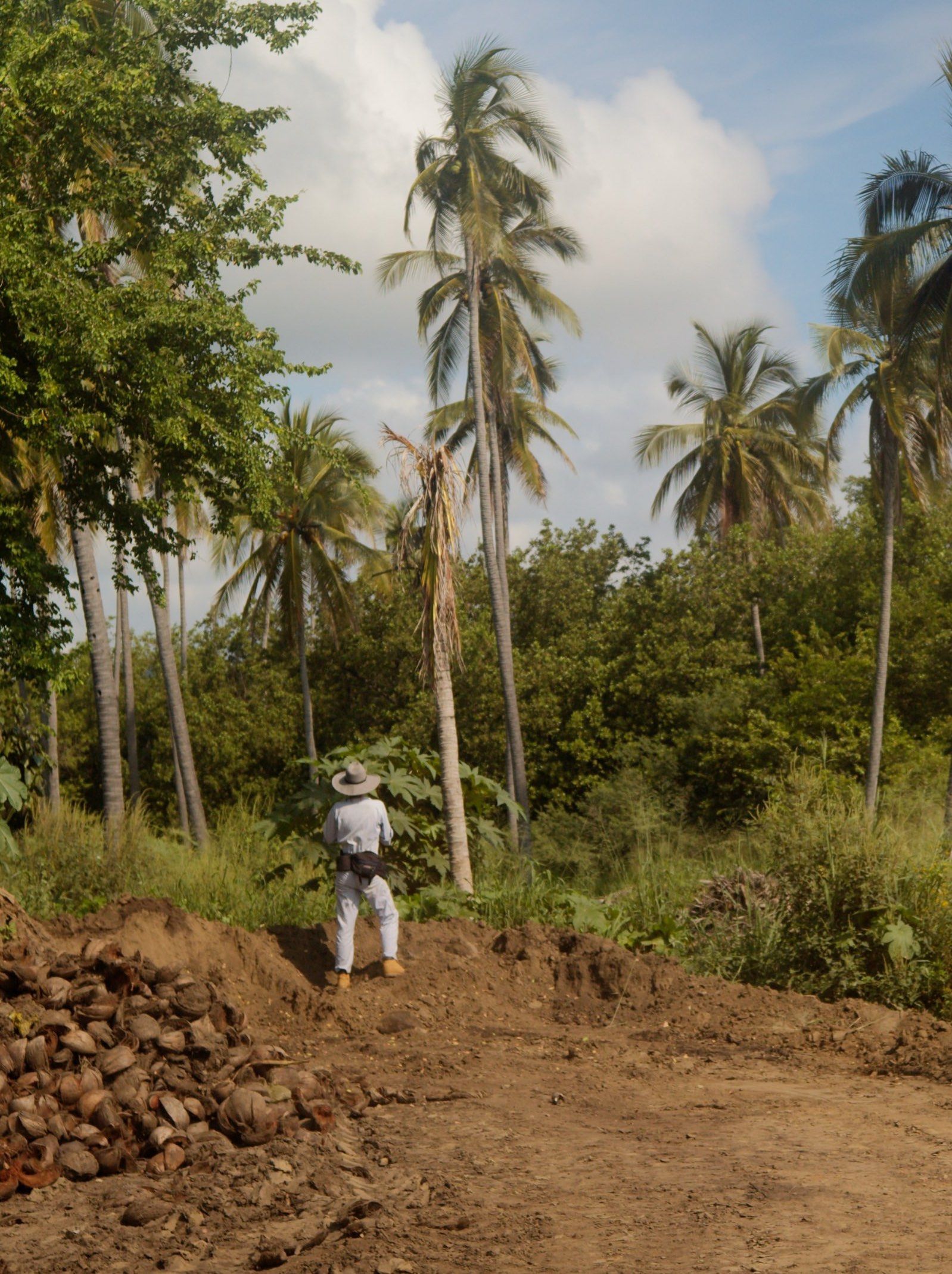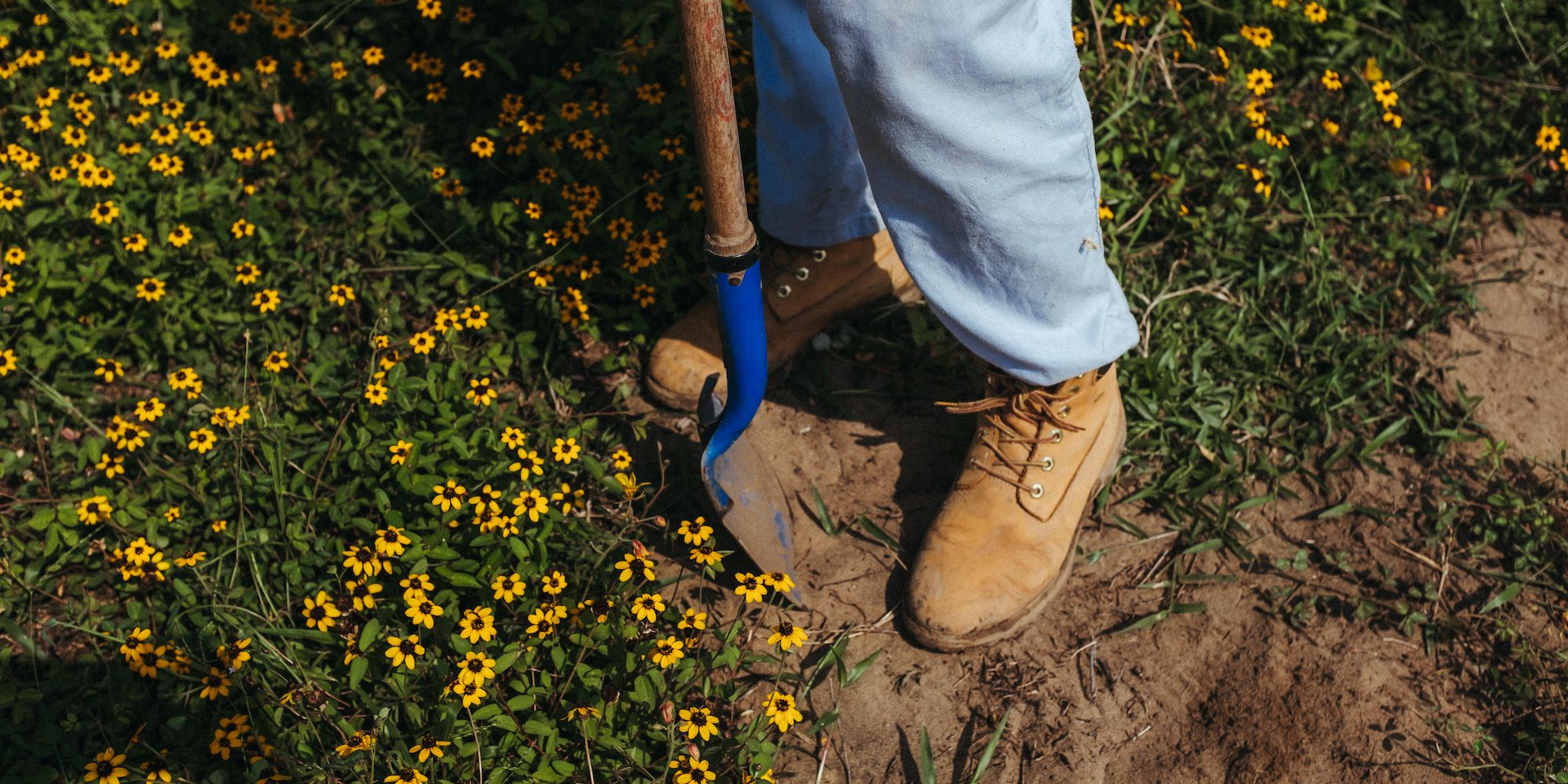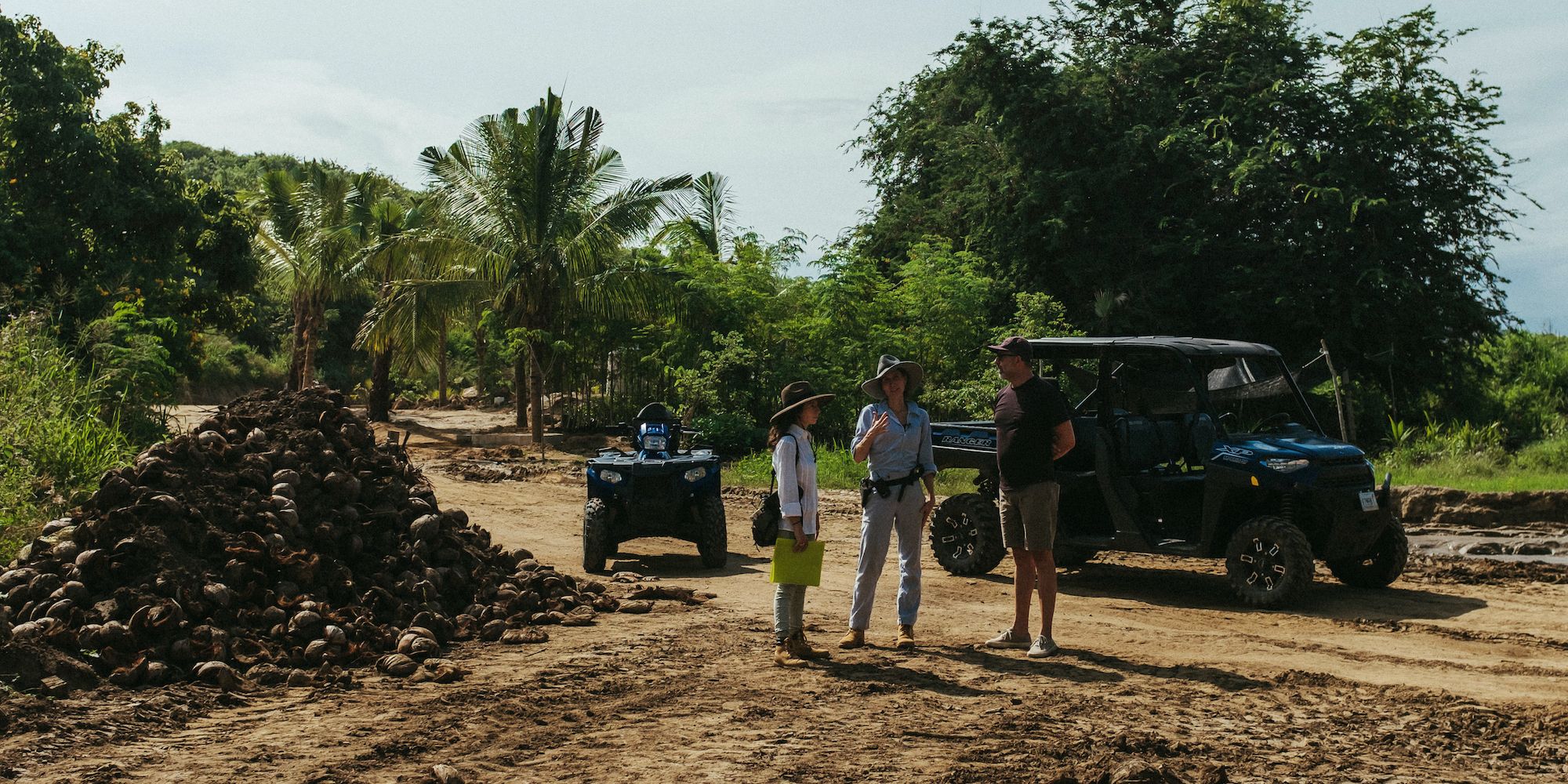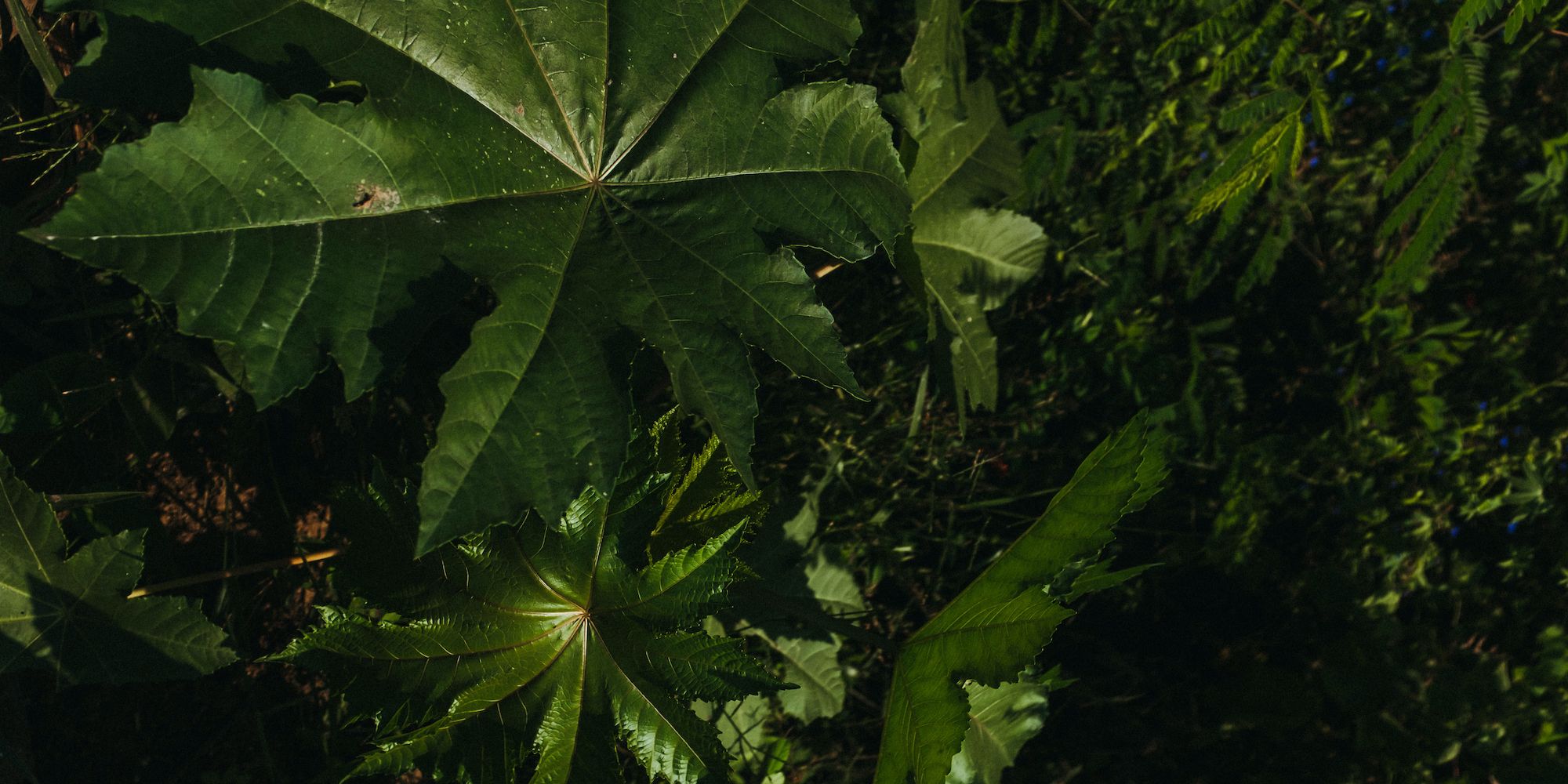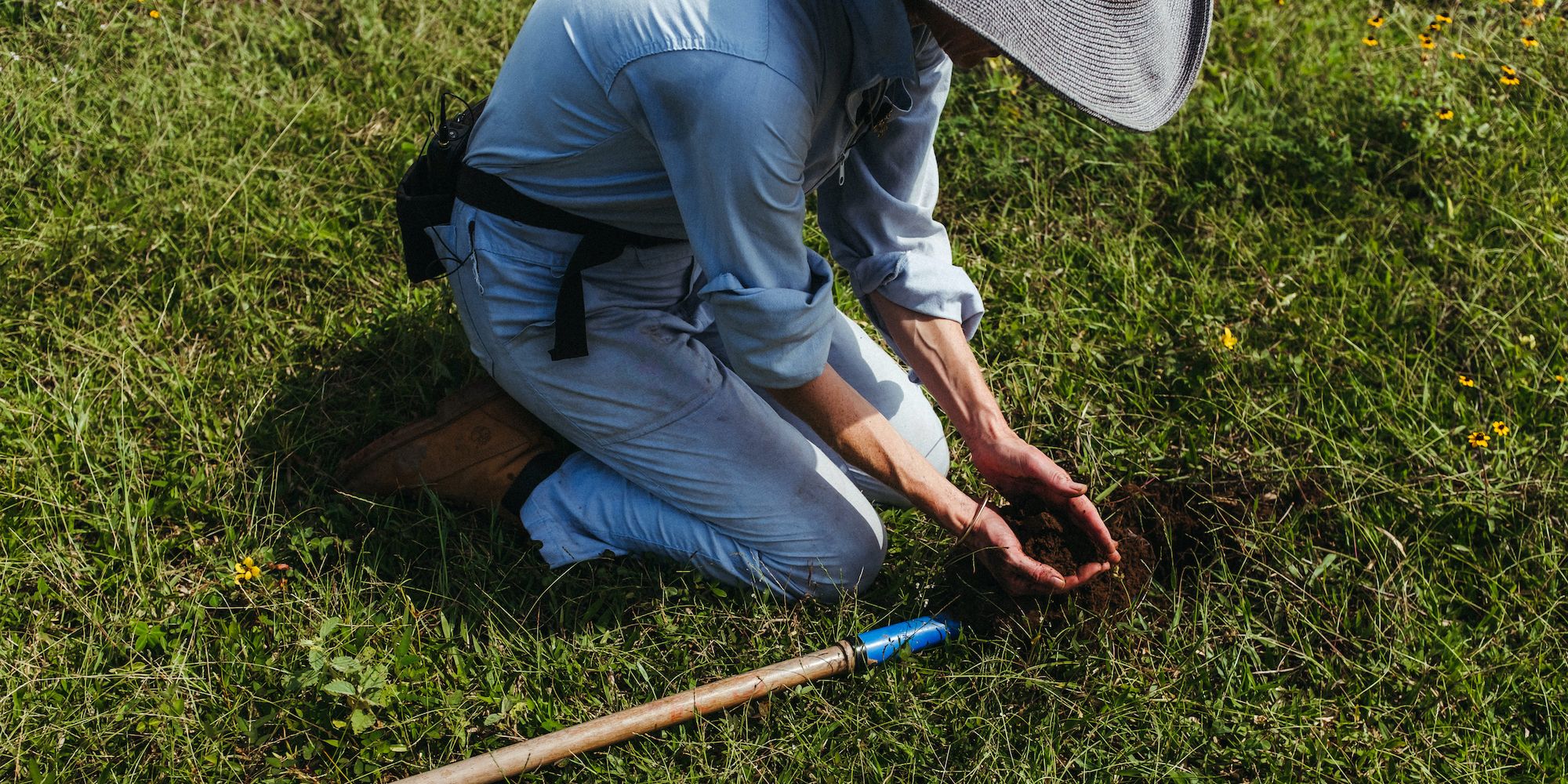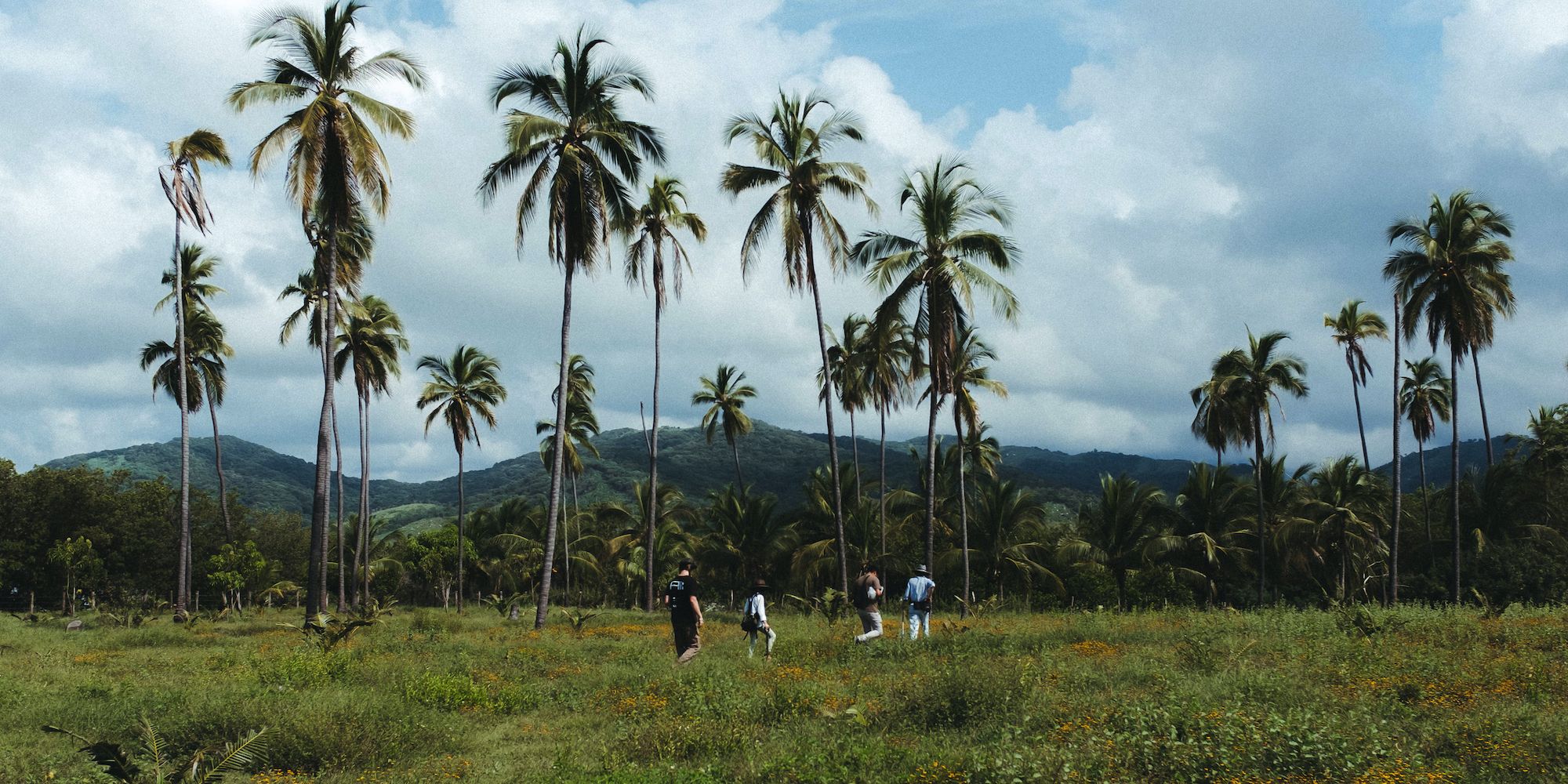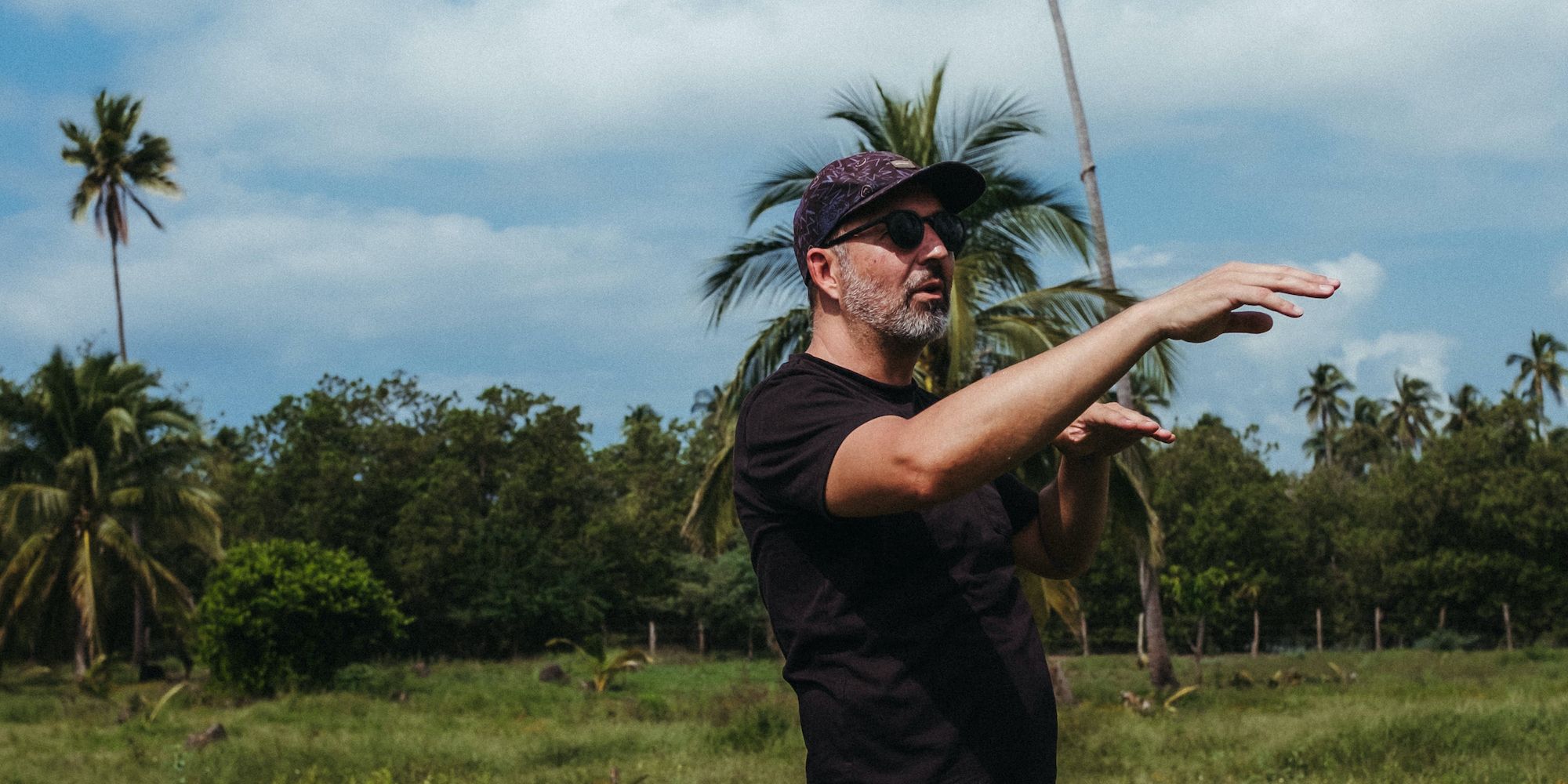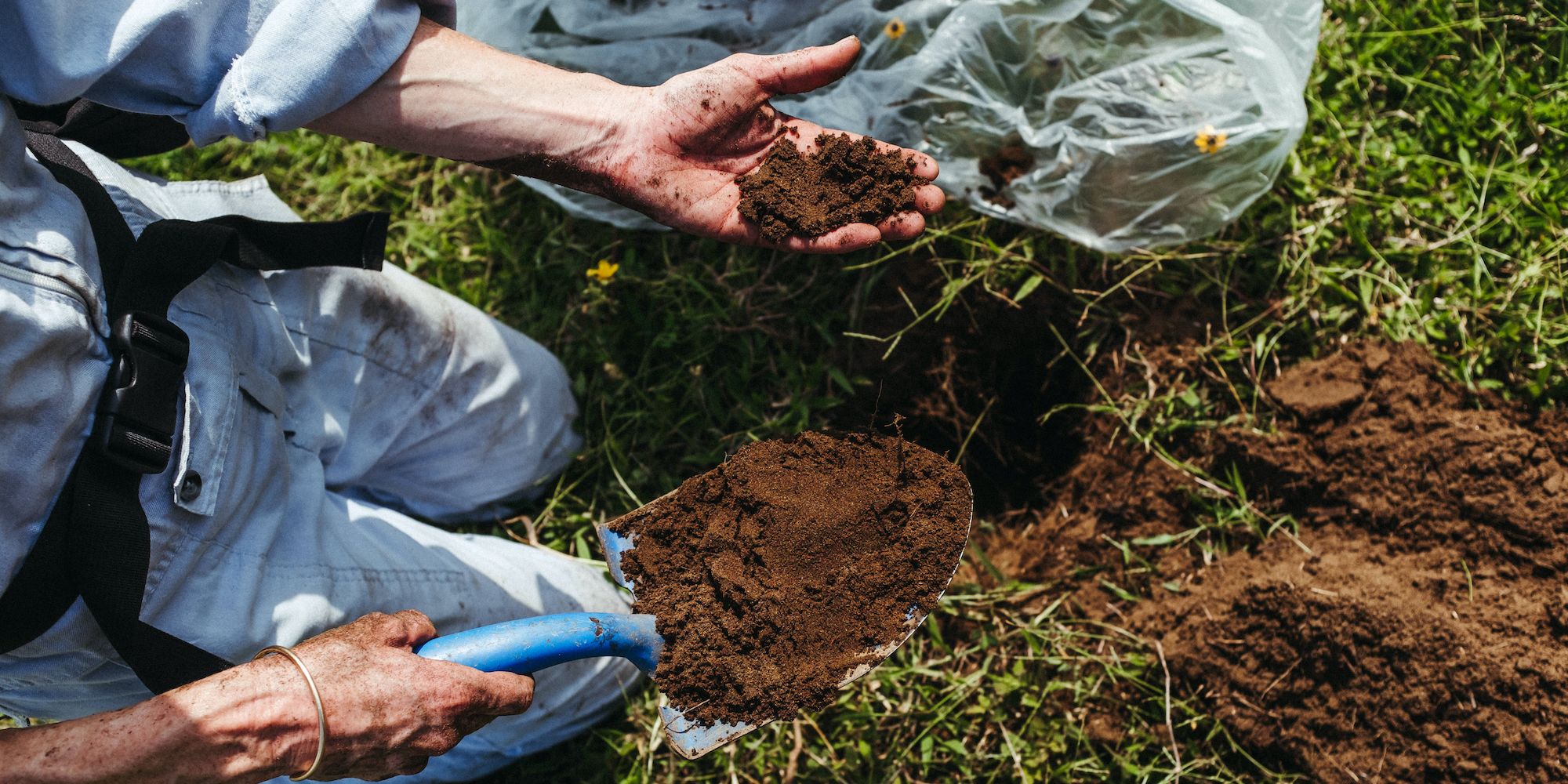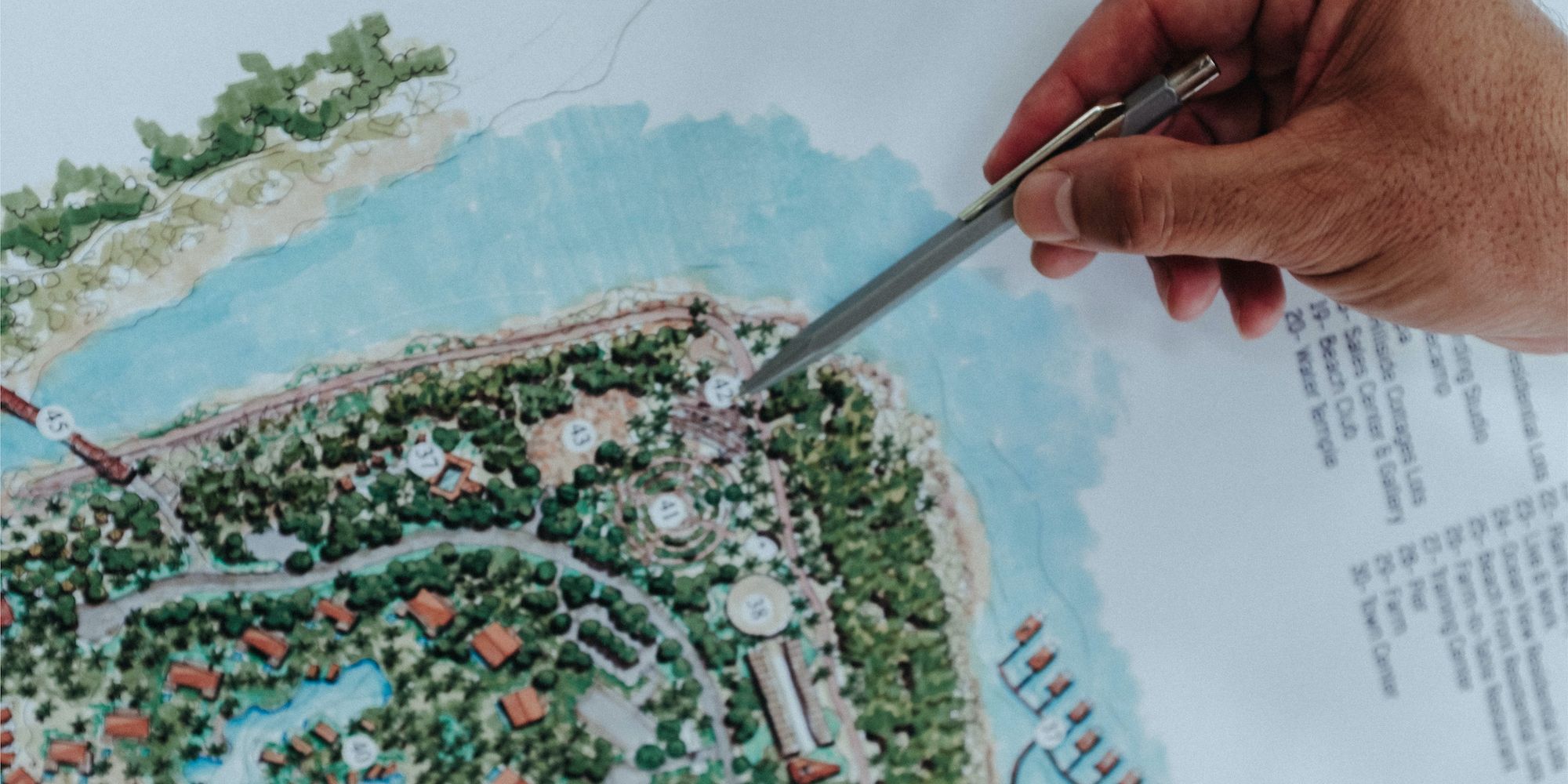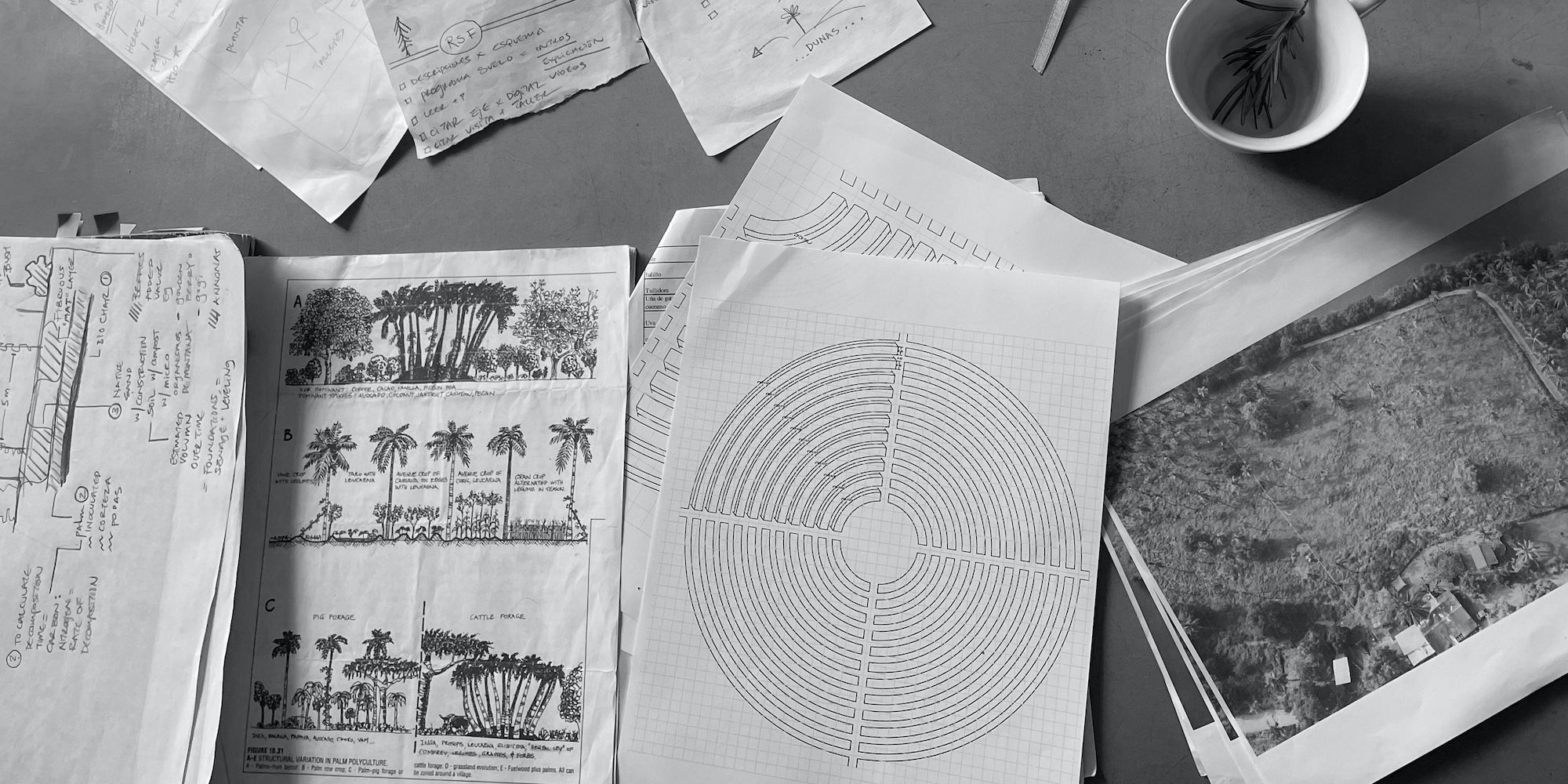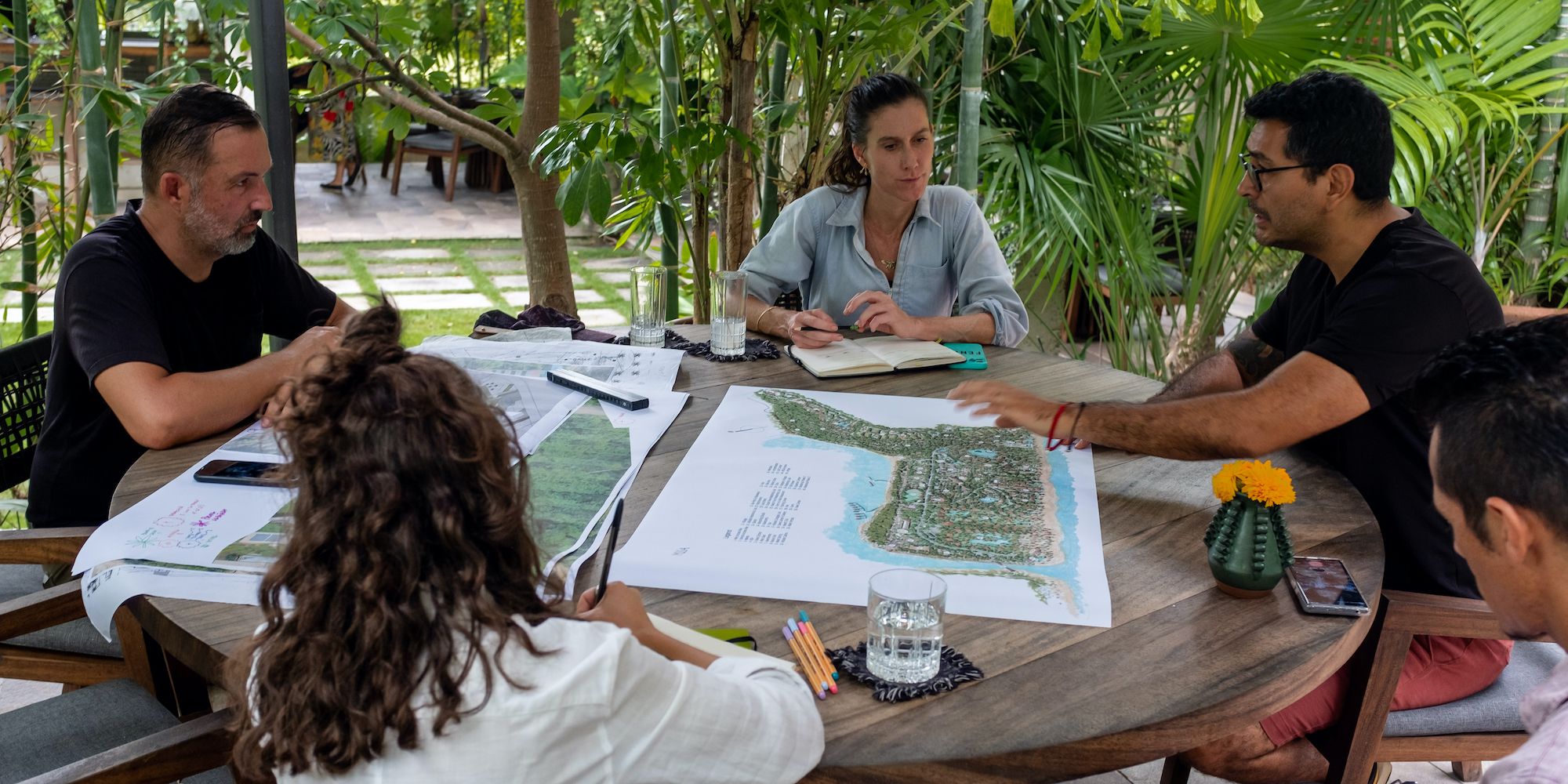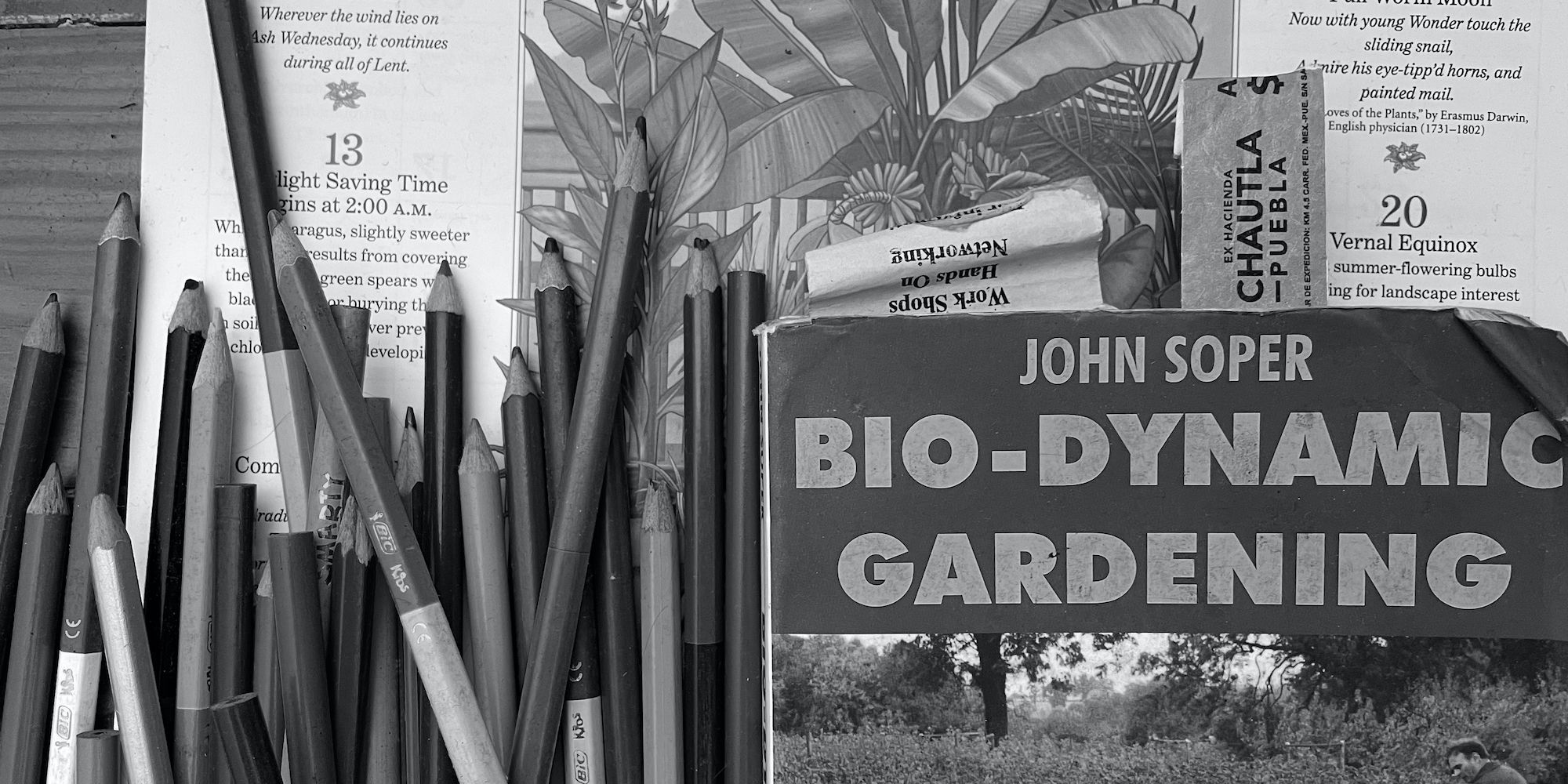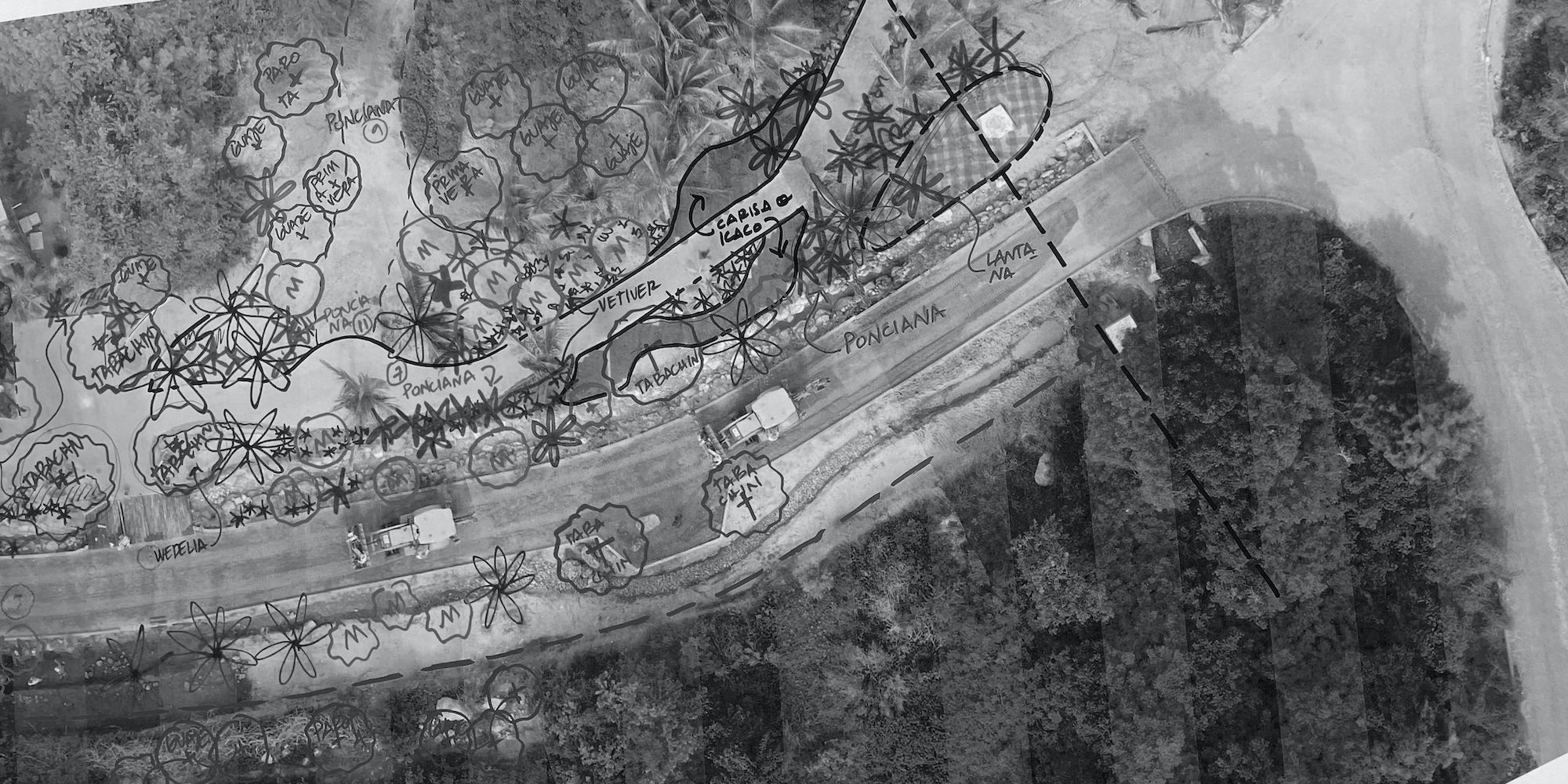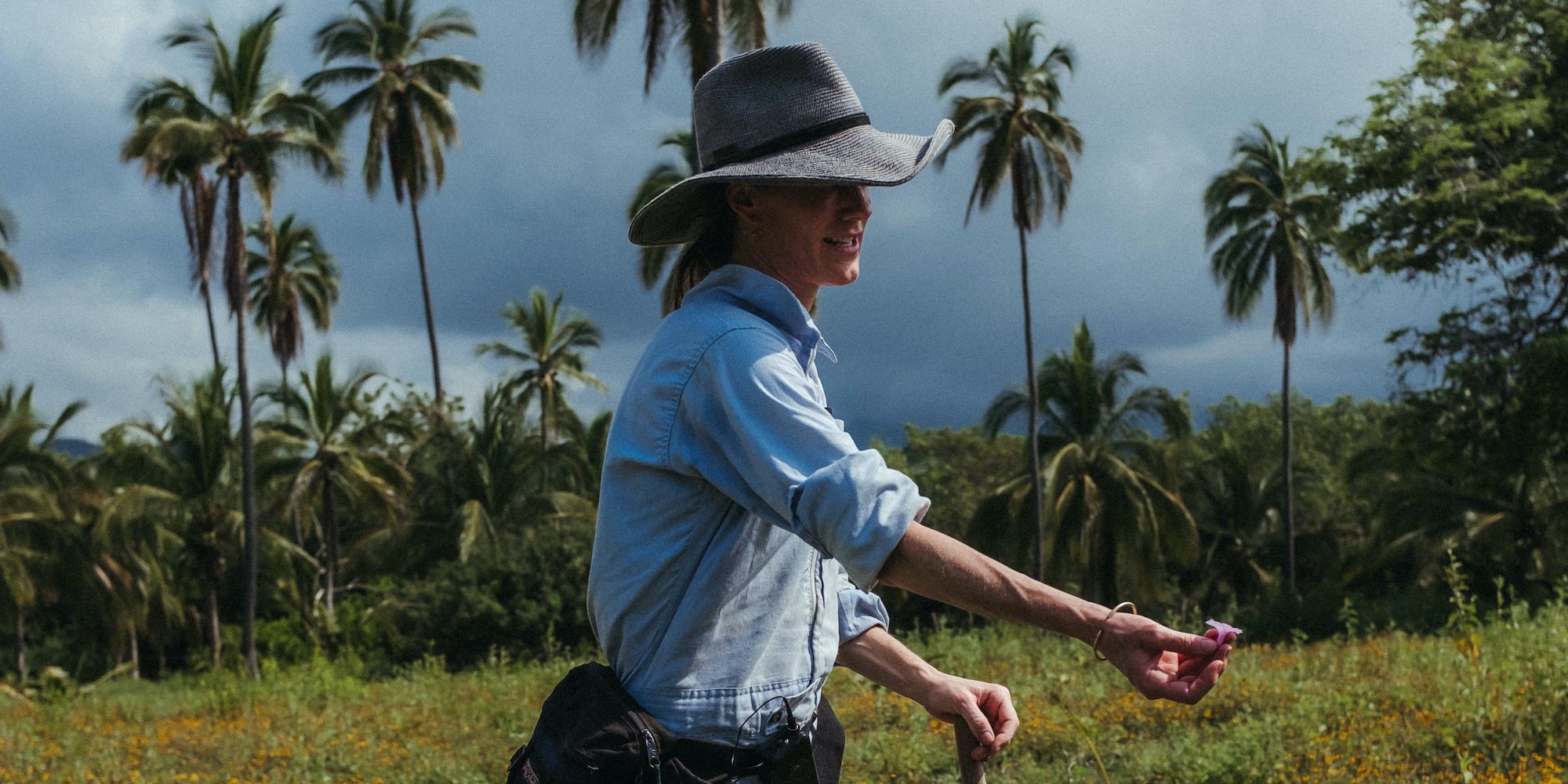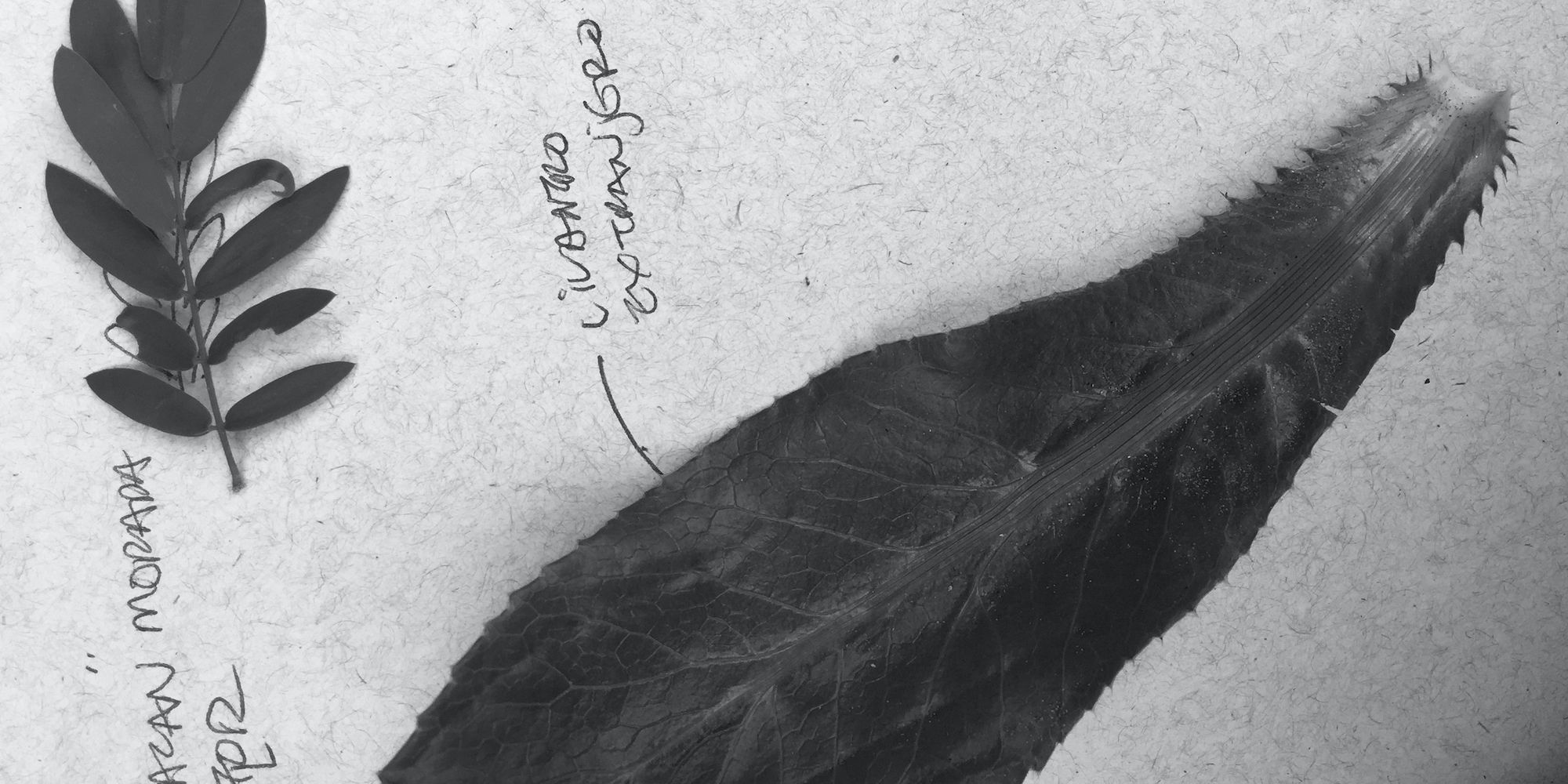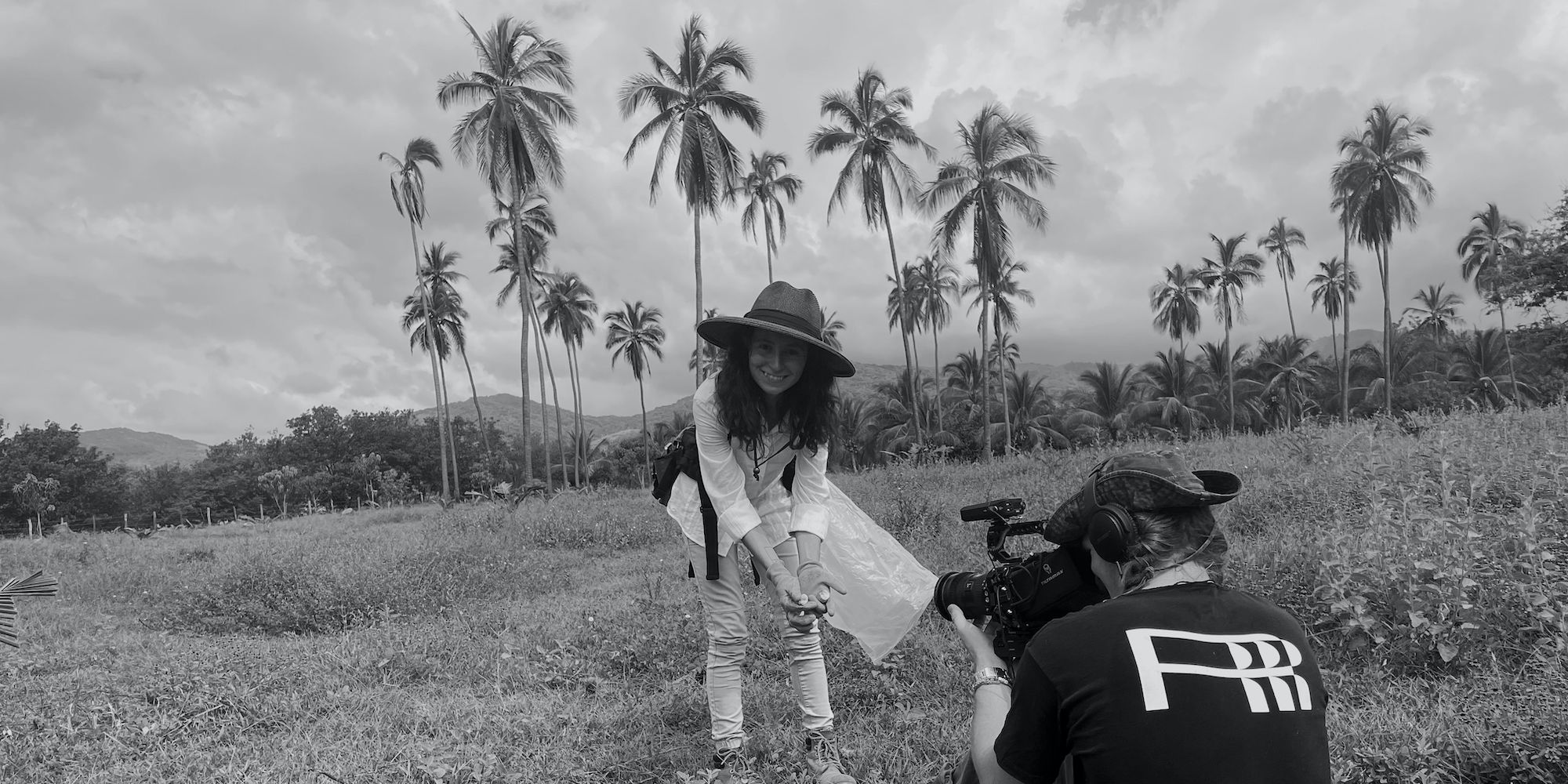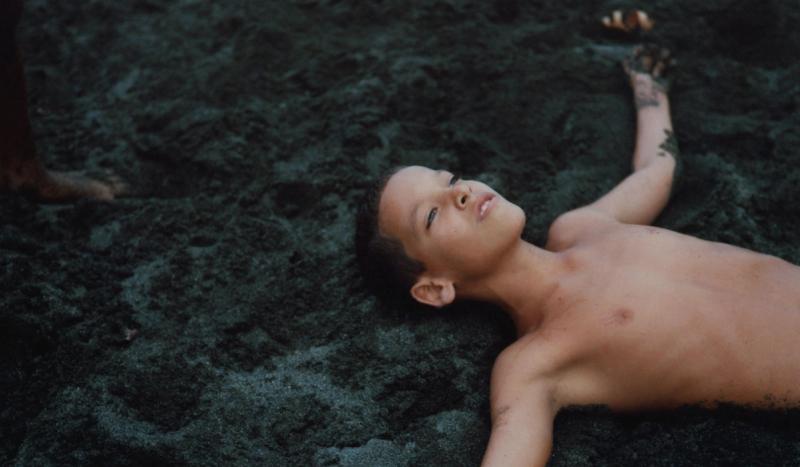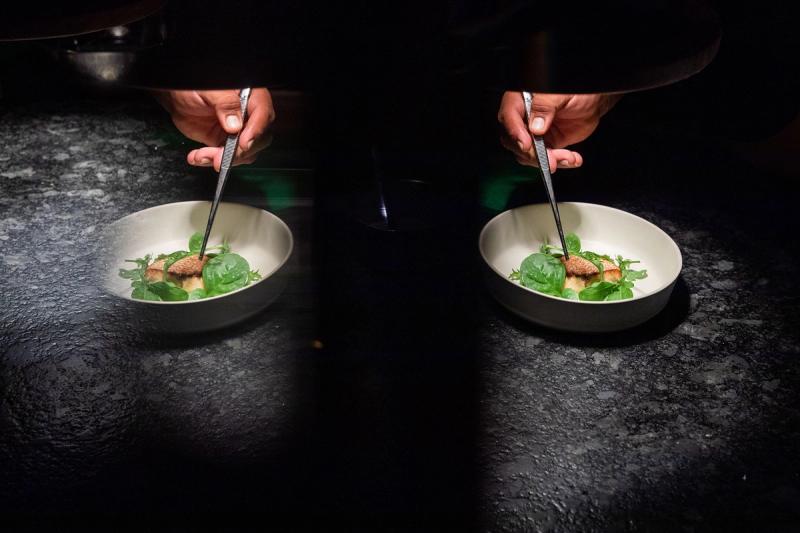Lily Foster, founder of regenerative agriculture expertise Fénix Farms, is a modern day explorer. Guided by an intense curiosity and fervour for deciphering many of earth’s mysteries from both the natural and historic human worlds, Foster evaluates and uncovers new pathways for the construction and optimisation of regenerative food systems in a rapidly changing, and heavily populated global context. Part of a movement that is not only fostering growth and education on our current mixed ecologies, Foster and Fénix are leading the charge on the innovation of bespoke systems with the sole goal to “transform agriculture from something destructive, monoculture, and distant to something regenerative, biodiverse and local”, as crucial to our climate and food outcomes.
Since its conception, MUSA has functioned as a hotbed of innovation and forward-thinking design, envisioned as a model community that identifies and pursues opportunities for ‘future living’; taking risks and collaborating with the industries most bold of boundary-breakers, to conceptualise, plan, and evolve frameworks for not only sustainable living, but regenerative and custom closed-loop systems unique to the MUSA townscape. These collaborations, a working relationship and ongoing conversation between land, designer, and maker, seek to find pathways to efficiency, functionality, and above all joy in our environment, leading to vibrant peer to peer partnerships that further work towards achieving a true vision of a Modern Utopia; where the land is preserved and nurtured, where art and culture not only collide, but thrive, and where new movements begin as people converge on new ideas in an culture that cultivates free thinking and disruption to static methodologies.
In the first instalment of our Makers series, we highlight a glimpse of the process and people behind the curriculum of social and environmental projects at MUSA that are quickly shaping our net positive future for residents, guests, and the wider local community. As a radical thinker and active reformer in her field, Foster aligns with MUSA’s quest for positive change in our slice of paradise and in the region at large; leaning into our native canvas of natural possibilities and creating an enhanced format for organic farms, localised soil and water conservation systems, that start small but designed for scale. At MUSA, Fénix’s work on analysis and research of the native ecology is documented as we work towards a full scale, intricate, and highly functional on-property network for food and medicinal agricultural systems that maintain both human and environmental health .
